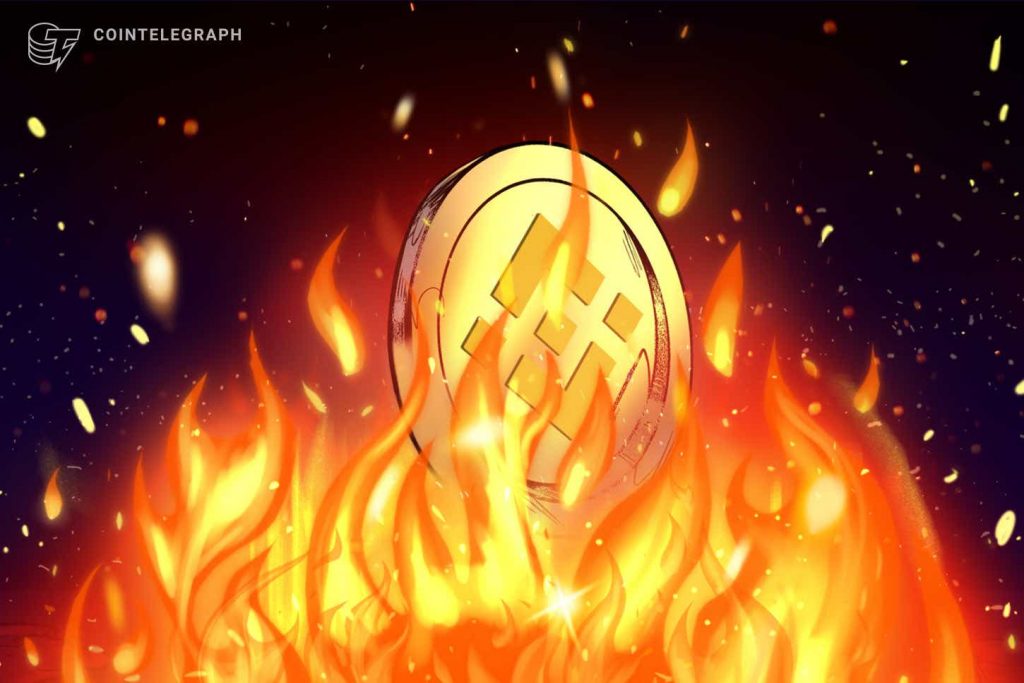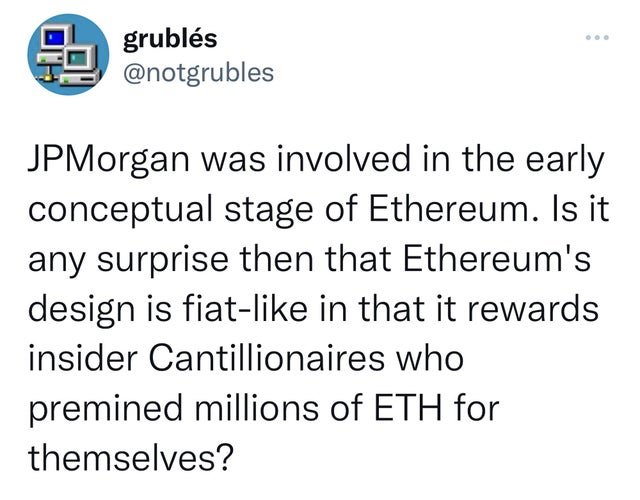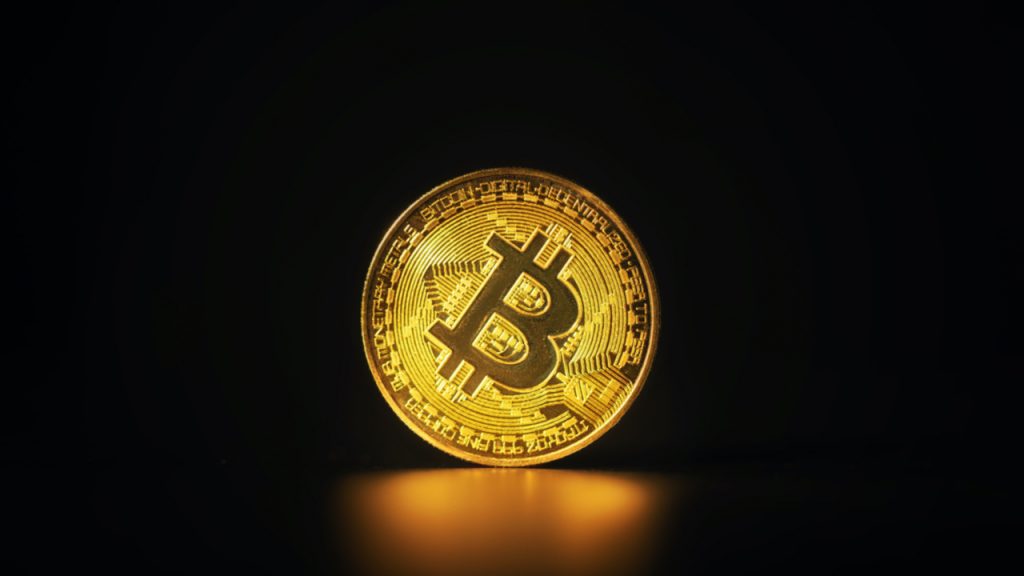Riding On Recent NFT boom, Game Publisher Ubisoft Pushes For NFT Adoption
Ubisoft entered the NFT market after Tom Clancy’s Ghost Recon Breakpoint was announced as the first game to provide NFTs in a beta trial in select countries. Ubisoft Quartz, an NFT venture that allows players to buy artificially rare digital products with bitcoin, was launched earlier this month. The AAA industry’s first real venture into NFTs was announced with this announcement. How successful has Ubisoft’s entrance into the blockchain been in just over a month after its announcement? Ubisoft’s NFTs Fail At Launch The publisher’s initial blockchain-based virtual items, unique numbered items for Ghost Recon Breakpoint players, aren’t exactly in high demand. Ubisoft Digits are in-game virtual items with distinct serial numbers that are part of Ubisoft’s Quartz “experience.” Rather than slightly different photos of poorly drawn monkeys, Digits are in-game cosmetic objects with unique serial numbers. A rifle skin that requires users to reach XP level five, a pair of pants that requires 100 hours of play, and a mask that takes 600 hours of play are among the first items available for free to players who meet specified playtime or account level requirements. However, it doesn’t look like the virtual items sold much at launch. According to Eurogamer, Quartz has only sold 15 NFTs of a Ghost Recon Breakpoint gun skin as of yesterday. It looks to have sold two more M4A1 tactical weapons and one Wolf Enhance Pants #76 for a total of 18 M4A1 tactical weapons as of yesterday. That amounts to around $1,755.30 in revenue, based on their prices. However, Ubisoft appears to have produced around 3,000 NFTs in all. Breakpoint doesn’t have the most appealing visual aesthetic — nor is it the largest Ubisoft IP — making it a strange pick to begin off Ubisoft’s NFT efforts, as many have pointed out. how are the ghost recon NFTs doing? I looked at the 2 3rd party marketplaces the Quartz site links and there seems to be… 15 sales total? 0 in the last day on 1 site? am i reading this right? pic.twitter.com/rWxvEW3Nrh — Liz Edwards (@lizaledwards) December 20, 2021 However, it should be noted that Ubisoft is giving away the majority of its NFTs at first, which will restrict the number of purchases. Nonetheless, it appears that the publisher’s experiment with NFTs hasn’t gone as planned. Furthermore, Quartz is built such that only Ubisoft game players can purchase an NFT, making it less appealing to those trying to make quick cash. Getting non-players to put in hundreds of hours in order to “own” a helmet that they can only resale to other players who have put in hundreds of hours is a futile endeavor. BTC trades at $48k. Source: TradingView Related article | Ethereum Recovers 6%: Are Investors Compelled by Ubisoft Experimenting With Blockchain? Ubisoft Doubles Down It appears that Ubisoft is bent on NFT adoption despite the fail of its initial offerings. Didier Genevois, Ubisoft’s blockchain director, told Decrypt that the publisher will go through with its NFT plans while adhering to its “principles,” as he puts it: “This experiment is designed to see how our gamers respond to and accept the value proposition of decentralization. We recognize that this is a significant adjustment that will take time, but we will stick to our three principles.” “Use the technology responsibly and build a safe environment” for players to explore the new frontier of NFTs, “only leverage energy-efficient proof-of-stake blockchains,” and “focus on the meaningful value propositions for players that benefit their gaming experience,” are the three principles he’s referring to. At this time, it’s unclear how any of these three ideas are being implemented. It’s apparent that AAA game publishers may have a hard time jumping on the NFT train as it seems the gaming world is not ready for play-to-earn games. It might also be that Ubisoft purported launch was a fail becuase of the strategy and virtual items involved. Time will tell as more big players enter the game. Related article | CryptoKitties Team To Join Ubisoft at Blockchain Heroes Hackathon Featured image from Shutterstock. Chart from TradingView



